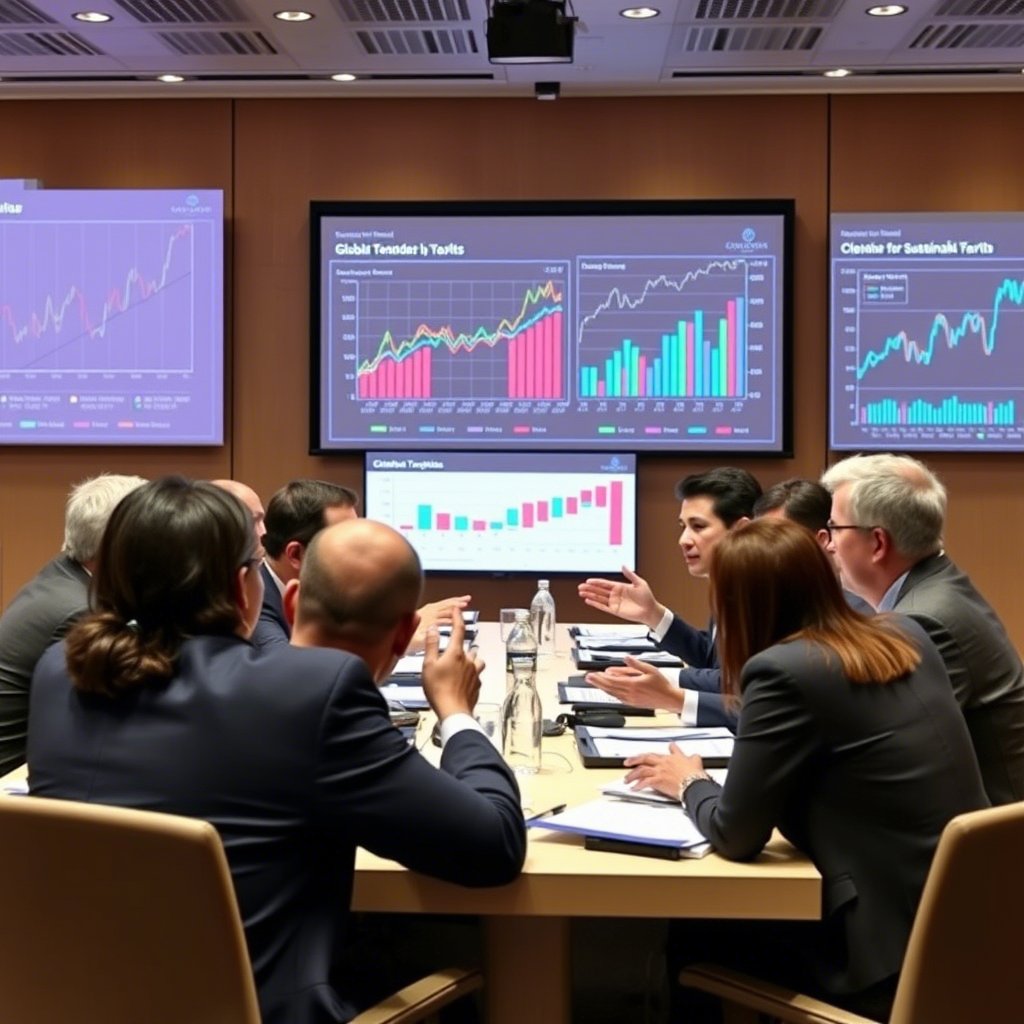Economic policies, both domestic and international, play a pivotal role in shaping financial markets. From fiscal stimulus packages to monetary policy adjustments, these measures influence investor sentiment, capital flows, and overall market stability. This article explores how recent economic policy changes have impacted global markets and what investors should watch for in the future.
1. Fiscal Policy: Stimulus and Austerity
Fiscal policy refers to government spending and taxation decisions aimed at influencing economic activity. In recent years, many countries have implemented large-scale stimulus programs to combat economic downturns caused by events such as the COVID-19 pandemic. For example:
- United States : The American Rescue Plan Act of 2021 injected $1.9 trillion into the economy through direct payments, unemployment benefits, and infrastructure investments. While this boosted consumer spending and stock market performance, it also contributed to inflationary pressures.
- European Union : The EU’s Recovery and Resilience Facility allocated €750 billion to member states for green energy projects and digital transformation. These initiatives not only supported economic recovery but also positioned Europe as a leader in sustainable growth.
Conversely, austerity measures—cutting public spending to reduce deficits—can slow economic growth and weigh on equity markets. Countries like Greece faced prolonged recessions after implementing strict austerity policies during the European debt crisis.
2. Monetary Policy: Interest Rates and Quantitative Easing
Central banks use monetary policy tools to manage inflation, employment, and currency values. Key actions include adjusting interest rates and engaging in quantitative easing (QE):
- Interest Rate Hikes : When central banks raise interest rates, borrowing costs increase, leading to reduced consumer spending and slower business expansion. For instance, the Federal Reserve’s aggressive rate hikes in 2022–2023 to combat inflation led to volatility in bond and stock markets.
- Quantitative Tightening (QT) : As central banks unwind their balance sheets by selling assets purchased during QE, liquidity decreases, which can pressure asset prices. Investors must adapt to tighter financial conditions by favoring defensive sectors or high-quality bonds.
3. Trade Policies: Tariffs and Supply Chains
Trade policies significantly affect global commerce and investment flows. The U.S.-China trade war highlighted the risks of escalating tariffs, which disrupted supply chains and increased costs for businesses reliant on imported goods. More recently, geopolitical tensions have prompted nations to adopt protectionist measures, such as export controls on critical technologies like semiconductors.
However, regional trade agreements like the Regional Comprehensive Economic Partnership (RCEP) among Asia-Pacific nations aim to strengthen economic ties and promote cross-border investments. Such developments create opportunities for companies operating in member countries.
4. Climate Policies: Green Transition and Carbon Pricing
Governments worldwide are introducing climate-focused policies to achieve net-zero emissions targets. Examples include carbon taxes, renewable energy subsidies, and bans on internal combustion engine vehicles. These policies present both challenges and opportunities:
- Challenges : Industries reliant on fossil fuels face higher compliance costs and potential stranded assets.
- Opportunities : Renewable energy firms and electric vehicle manufacturers benefit from increased demand driven by favorable regulations.
For institutional investors, aligning portfolios with Environmental, Social, and Governance (ESG) criteria has become essential to mitigate regulatory risks and capitalize on emerging trends.
Conclusion
Economic policies profoundly shape market dynamics, influencing everything from corporate earnings to investor behavior. By staying informed about policy shifts and their implications, stakeholders can make proactive decisions that enhance resilience and seize new opportunities.
